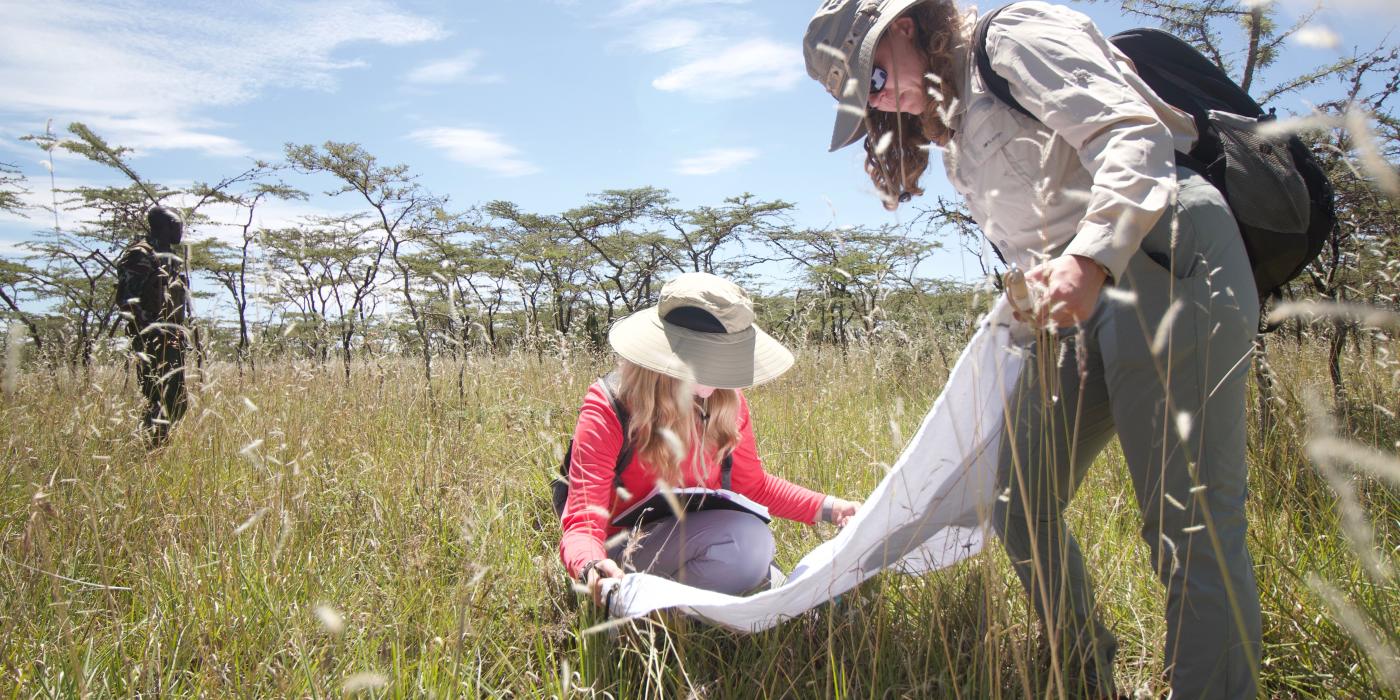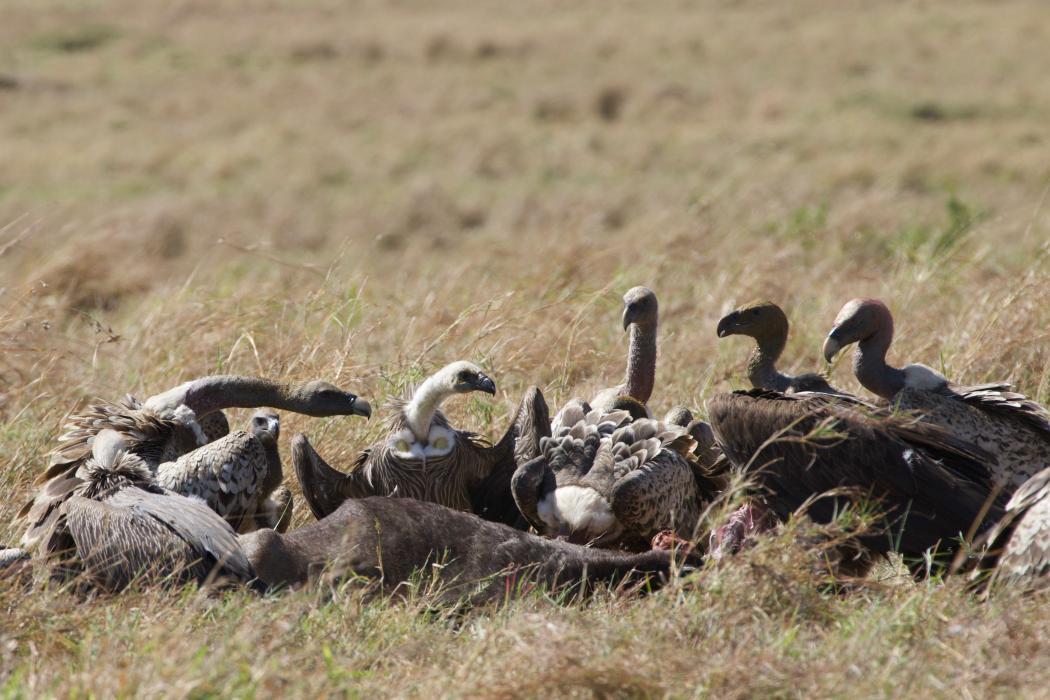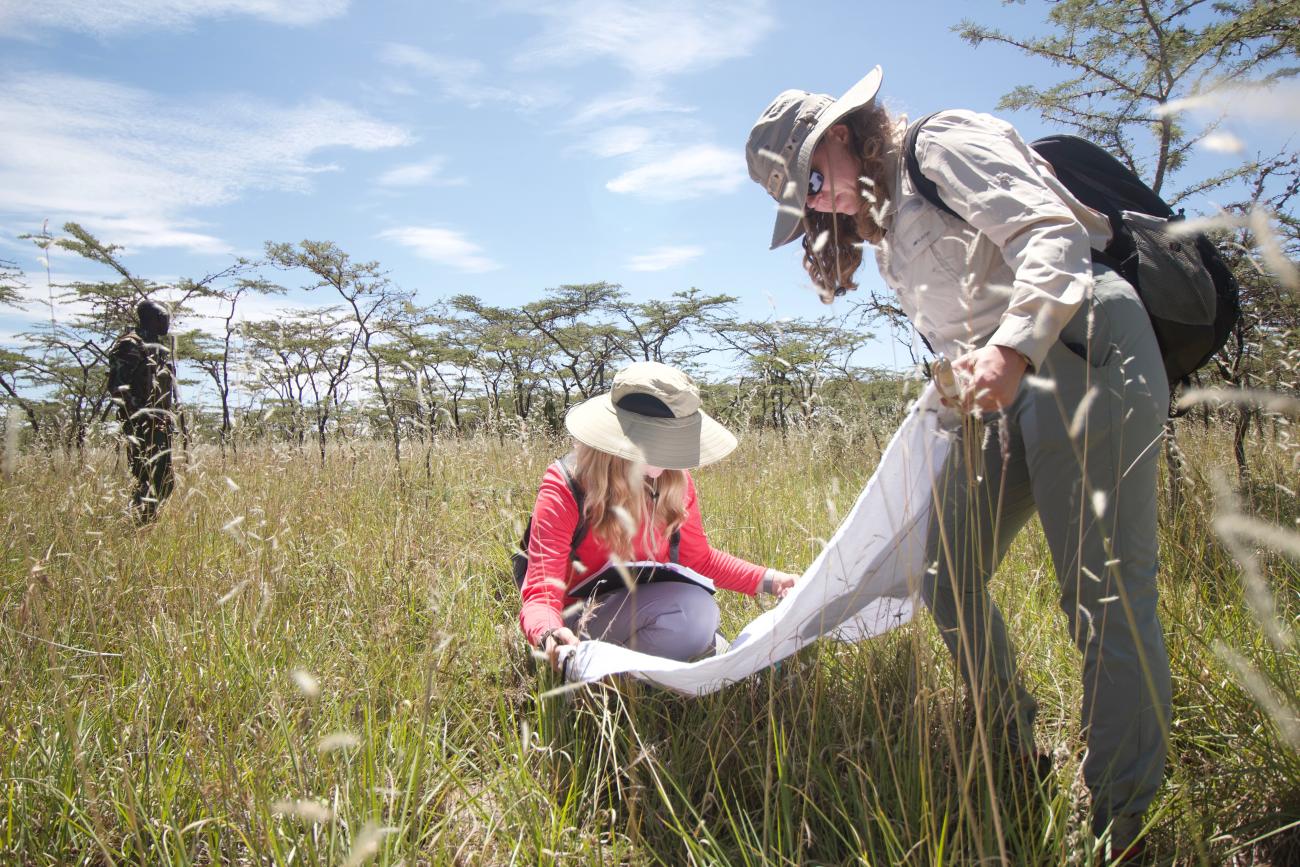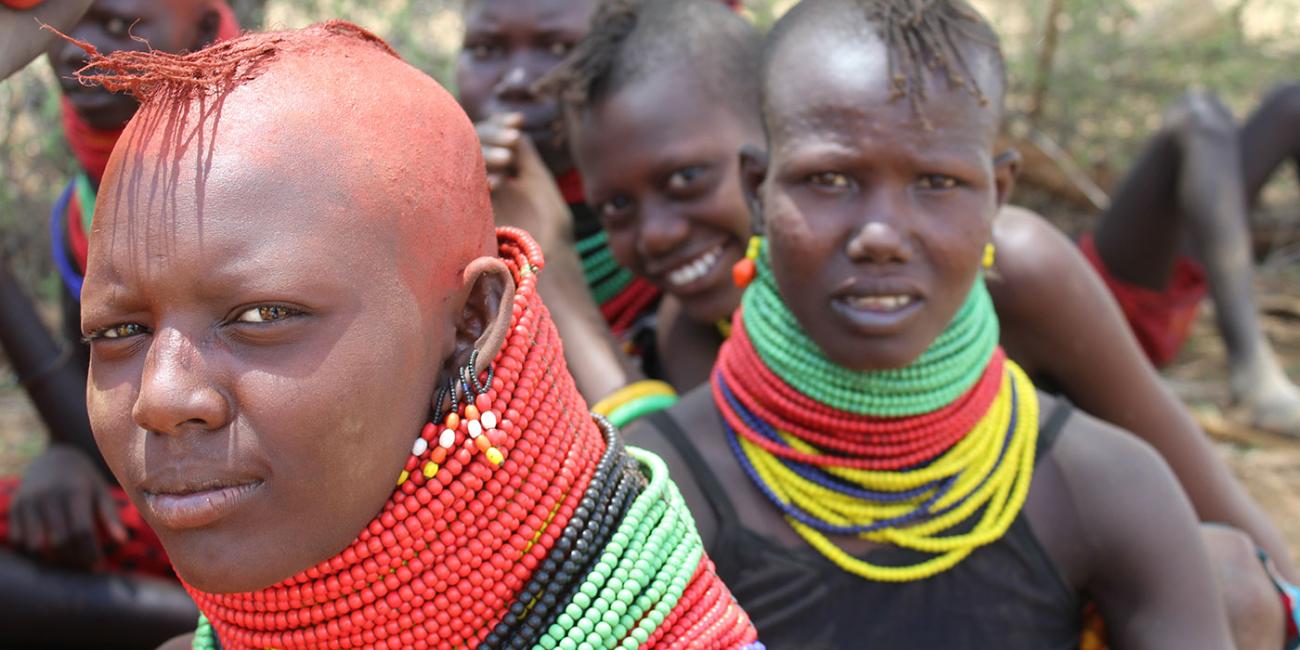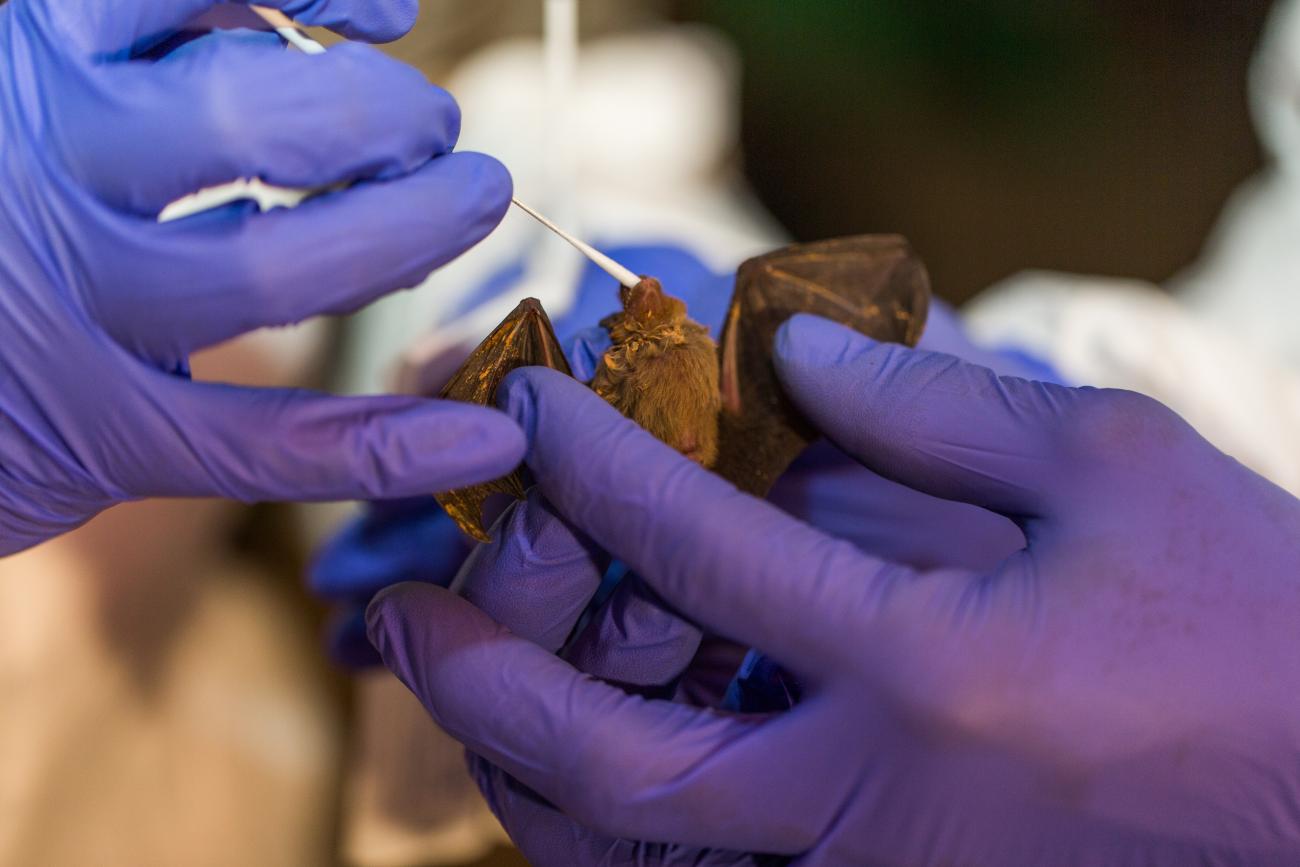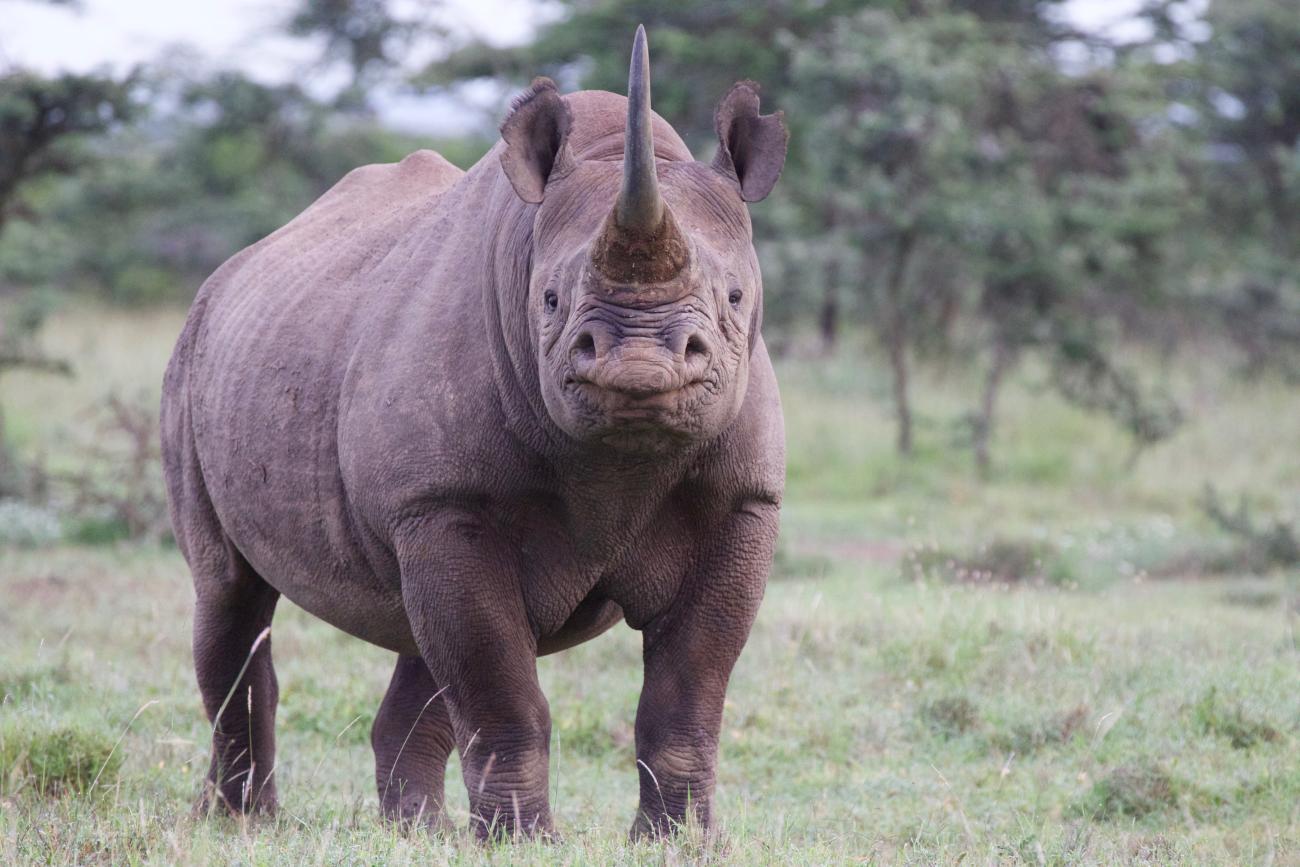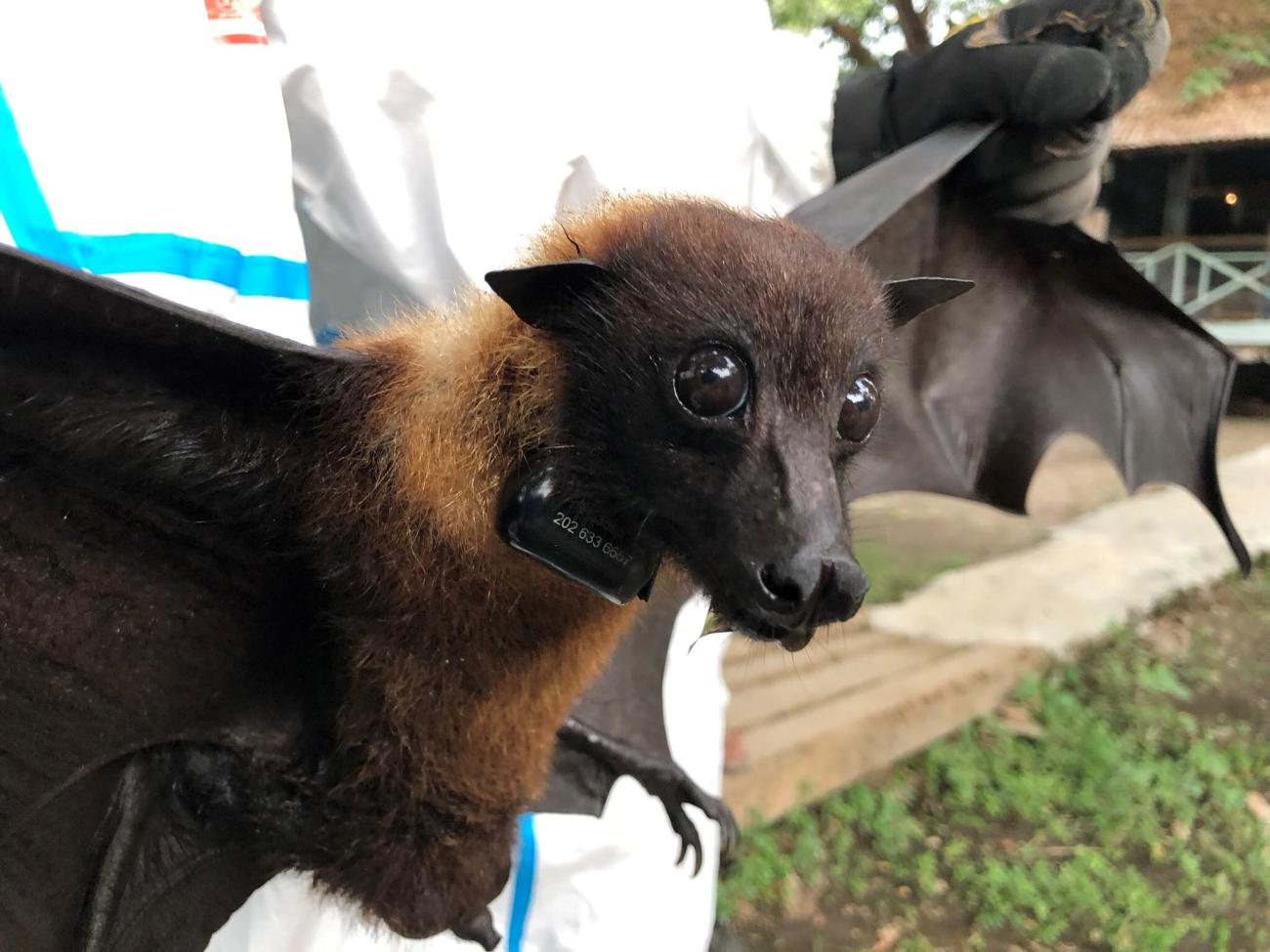Emerging Infectious Disease Research
Increased human-animal interactions lead to the emergence and spread of zoonotic pathogens, which cause about 75 percent of infectious diseases affecting human health. With their partners, the Global Health Program builds regional capacity for disease response in Southeast Asia and Africa.
By assessing disease spillover risks, improving in-country laboratory capacity and performing surveillance in wild species, GHP links local health responders with tools to prevent emerging infectious diseases at their sources.
Projects
Anthrax Epidemiology and Vultures ›
Smithsonian scientists and partners are investigating the epidemiology of anthrax in free-ranging vultures across Kenya.
Arthropod and Xenosurveillance ›
Epidemiologists test blood-sucking arthropods, such as ticks and mosquitoes, for pathogens to predict and prevent the spread of diseases.
PREDICT Kenya ›
By studying species in Kenya, scientists hope to better understand how diseases are transmitted from animals to humans.
PREDICT Myanmar ›
Researchers study bats, primates and rodents in Myanmar to better understand how diseases are transmitted from animals to humans.
Rhino Conservation and Medicine ›
Smithsonian scientists are conducting a rhinoceros medicine workshop in Kenya and investigating a skin infection plaguing the endangered black rhinoceros.
Satellite Tracking of Bats in Myanmar ›
Scientists are using novel technologies to track the long-distance movements of Indian flying foxes in Southeast Asia, a first for this species.
